Political Law at Estonia
Estonia's political law governs its democratic processes, the organization of the state, and the rights and responsibilities of citizens. It is grounded in the Constitution of the Republic of Estonia (adopted in 1992), which ensures the protection of individual rights, sets the structure of government, and outlines the principles of the political system. Estonia, as a parliamentary republic, emphasizes democratic values, the rule of law, and transparency.
Key Aspects of Estonia's Political Law:
Constitution of Estonia (1992): The Constitution is the cornerstone of Estonia's political law. It guarantees fundamental rights and freedoms, the rule of law, and the separation of powers. The Constitution was originally adopted in 1937 and was reinstated in 1992 after Estonia regained its independence from the Soviet Union. It lays out:
The framework of government,
The rights and duties of citizens,
The structure of the judiciary,
The electoral system,
The relationship between the state and local governments.
Political System: Estonia is a parliamentary republic, which means that executive power is vested primarily in the Prime Minister and the Cabinet, and the President has a ceremonial role with limited executive powers. Key features of Estonia's political system include:
Executive: The Prime Minister is the head of government and holds executive powers. The Prime Minister is appointed by the Riigikogu (Estonian Parliament) and is responsible for running the government.
Legislative: The Riigikogu, Estonia's unicameral parliament, has 101 members who are elected for a four-year term. The Riigikogu is responsible for enacting laws, approving the state budget, and overseeing the actions of the government.
Judiciary: Estonia’s judiciary is independent, with a court system that includes the Supreme Court at its apex. The judiciary ensures the rule of law and the protection of constitutional rights.
The President:
The President of Estonia is the head of state, elected by the Riigikogu for a five-year term (with a maximum of two terms). The President’s role is largely ceremonial but includes significant duties such as representing Estonia internationally, signing laws into effect, and ensuring the stability of the political system.
The President plays a key role in times of political crisis, as they are involved in the appointment of the Prime Minister or calling new elections if necessary.
Electoral System: Estonia has a proportional representation electoral system. Members of the Riigikogu are elected through closed-list proportional representation, where voters cast their votes for political parties rather than individual candidates. The number of seats each party receives in the Riigikogu is proportional to the percentage of the vote they win. The system is designed to ensure that even smaller parties have a voice in the legislature.
Local Elections: Local government elections are also held every four years, with local councils elected through a system of proportional representation, and voters directly elect mayors in some municipalities.
Presidential Elections: The President is indirectly elected by the Riigikogu, but if the parliament fails to elect a President, a national election may be held.
Political Parties: Estonia has a multi-party system, with several political parties representing a wide range of ideologies from conservative and centrist to liberal and left-wing. Some of the most influential political parties include:
Estonian Reform Party (liberal, pro-market)
Estonian Centre Party (centrist, often representing the Russian-speaking minority)
Pro Patria (conservative, nationalistic)
Social Democratic Party (center-left, progressive)
Eesti 200 (centrist, new political movement)
Direct Democracy: Estonia is known for its focus on e-democracy and digital governance, often employing technology to enhance participation in the political process. Some of the mechanisms for direct democracy include:
Referendums: These are used for important issues, especially changes to the Constitution. A referendum can be initiated if proposed by the government or if citizens gather enough signatures.
E-Residency and Online Voting: Estonia has introduced e-Residency, a digital identity that allows foreign nationals to access Estonia’s public services, such as business management and banking. Additionally, Estonia is a global leader in internet voting for its national elections, allowing citizens to vote securely online.
Human Rights and Freedoms: The Constitution guarantees fundamental rights and freedoms, including:
Freedom of speech, assembly, and association.
Freedom of conscience and religion.
Equal rights and the prohibition of discrimination on the grounds of gender, race, religion, or political beliefs.
Right to privacy, especially in terms of personal data and communications.
Local Government: Estonia has a strong system of local government to ensure decentralization and regional autonomy. Local governments are responsible for various public services, including education, social services, and urban planning. Estonia has 79 municipalities, and local governments are elected through proportional representation.
Estonia's Membership in International Organizations:
European Union (EU): Estonia is a member of the EU, and EU law takes precedence over national law in many areas.
NATO: Estonia is a member of NATO, contributing to its national defense policy.
United Nations: Estonia is an active member of the UN, promoting peace, security, and human rights.
Judicial Review and Constitutional Court:
The Estonian Supreme Court is the highest judicial body and is responsible for ensuring the constitutional legality of laws, resolving disputes between the government and local authorities, and interpreting the Constitution.
The Constitutional Review Division within the Supreme Court has the authority to declare laws unconstitutional if they violate the Constitution.
Estonia places a strong emphasis on the rule of law, and the judiciary is independent from the executive and legislative branches.
Challenges and Controversies:
Cybersecurity and Digital Governance: Estonia is highly advanced in digital governance, but this comes with risks related to cyberattacks and data privacy. The country’s robust cybersecurity infrastructure is essential to its e-democracy.
Minority Rights: Estonia has a significant Russian-speaking minority, and their integration into Estonian society has been a recurring issue. While the Constitution guarantees minority rights, challenges related to citizenship, language requirements, and political participation persist.
Economic Inequality: Although Estonia has a successful market economy, disparities in income and wealth between urban and rural areas remain a challenge, and there are ongoing debates about social welfare programs.
Political Polarization: As with many democracies, Estonia faces political polarization, especially between pro-EU and more nationalistic factions.
Conclusion:
Estonia's political law is founded on democratic principles, human rights, and the rule of law. With a well-established Constitution, a parliamentary system, and a focus on digital governance, Estonia has managed to build a robust and transparent political system. While the country faces challenges like cybersecurity risks and integration of minority groups, its commitment to democracy, innovation, and European integration has made it a model in the region.


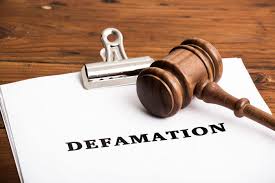



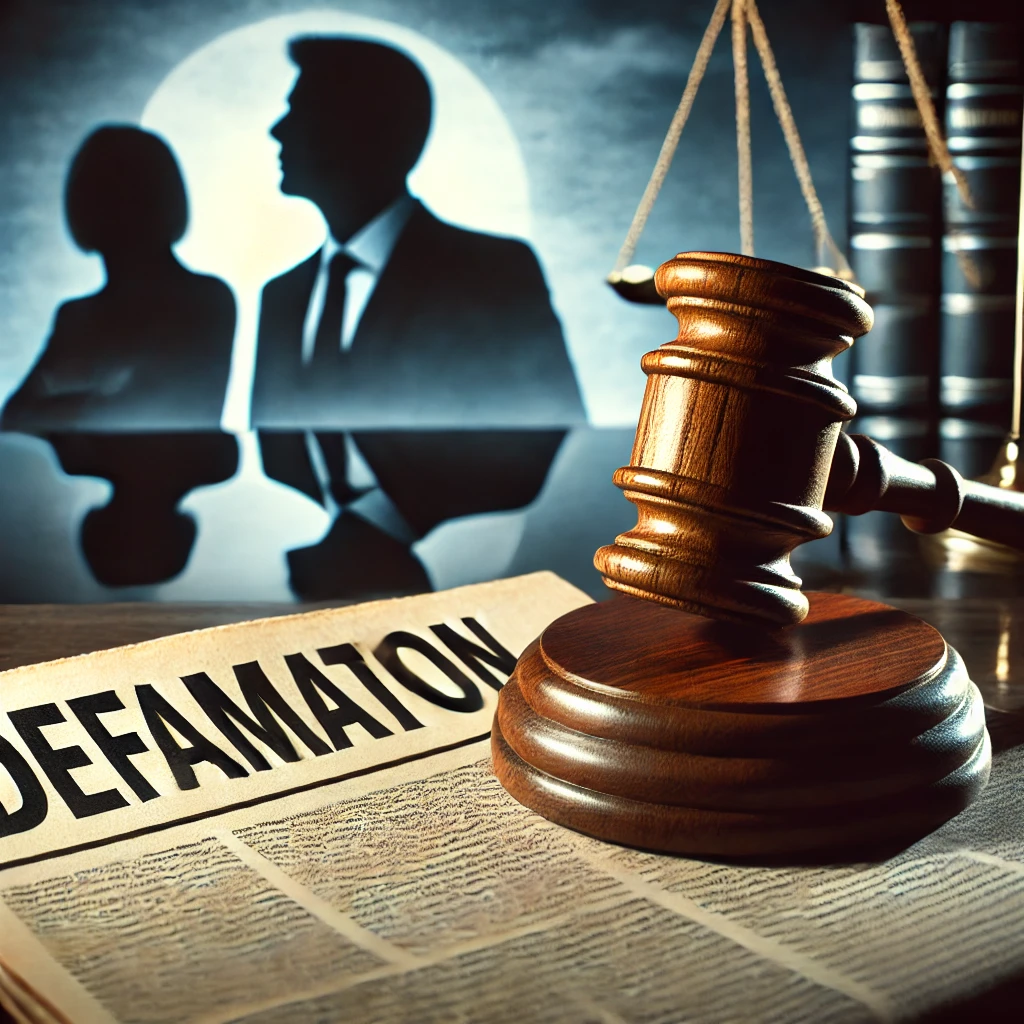
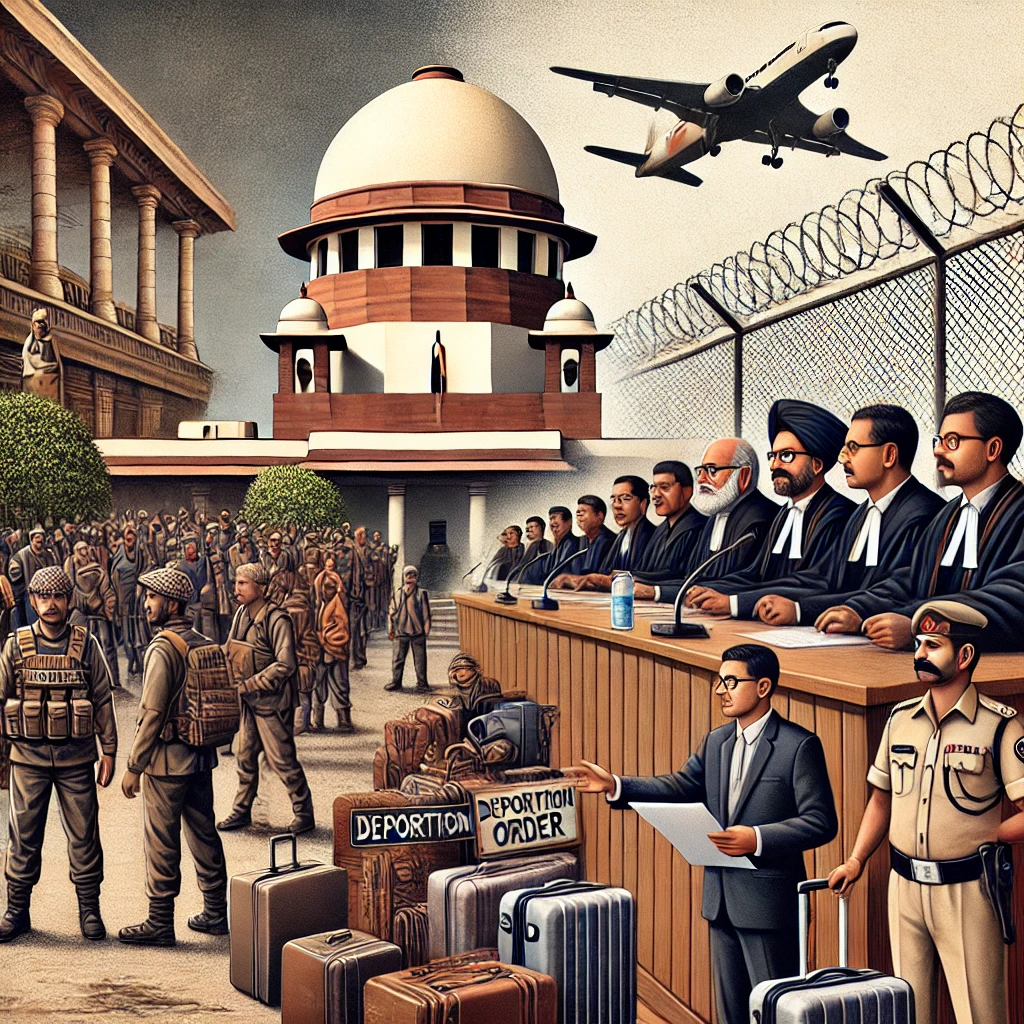









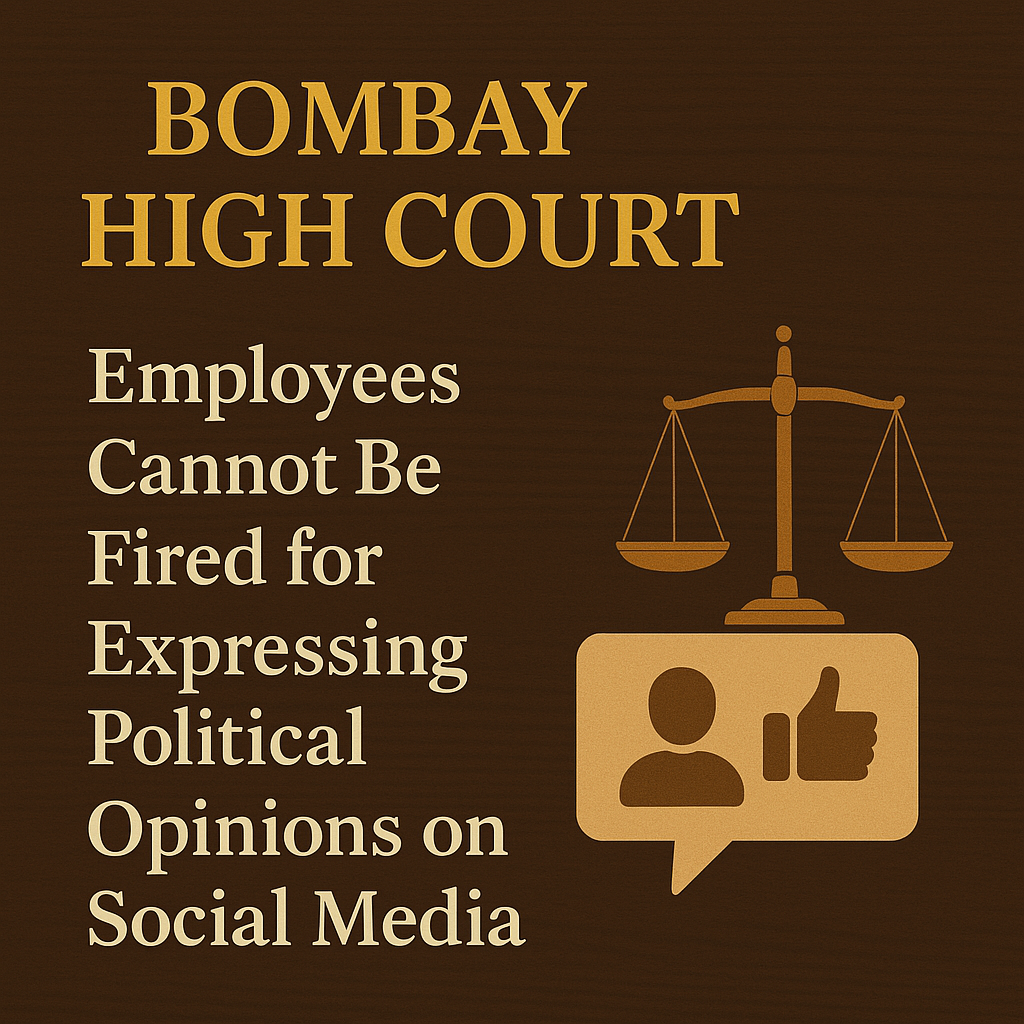



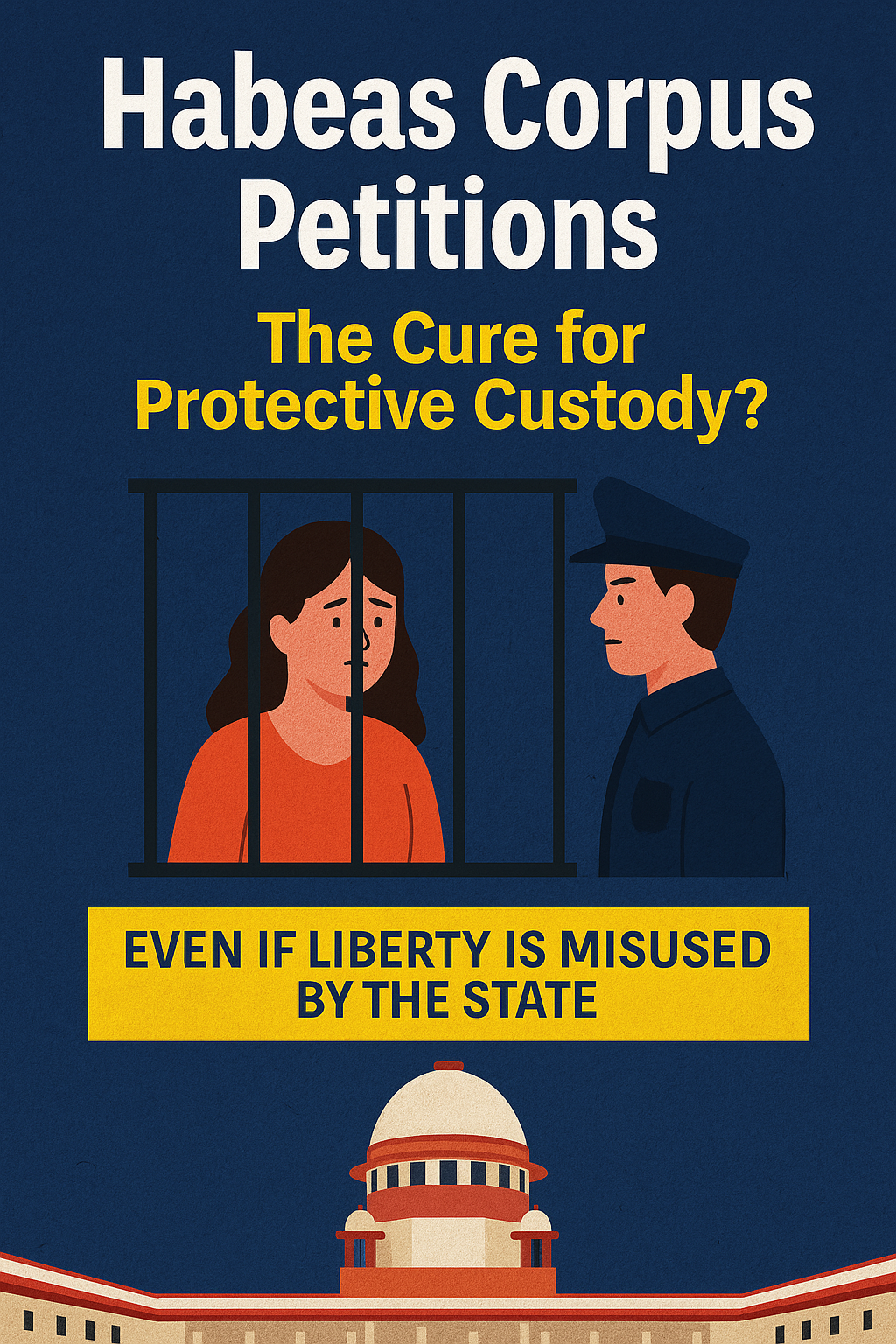
0 comments